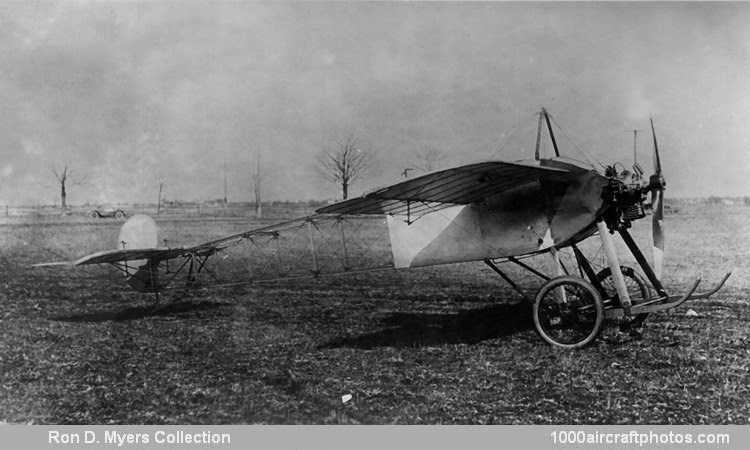08/31/2015. Remarks by Johan Visschedijk: "During WW I France had a strong influence on the organization of the military aviation program in the United States. One of the training devices the French used was a non-flying trainer (named rouleur) that would give student pilots the feel of airplane controls at near-flying speed on the ground. One of the of the recommendations the French made to the US military authorities was the development of a rouleur, and only one model of this type was produced in the USA.
In late 1917 the Breese Aircraft Corporation of Farmingdale, Ney York received a US government contract to deliver 301 machines, designated Penguin, under the USASC serials 33462 to 33761 and 34230. These machines were designed along the lines of a French Blériot, but their wings were too short and their engines too small to allow them to fly. They were equipped with small two-cylinder engines of 28 hp built by the Lawrence Engine Corporation, also of Farmingdale.
The Penguins had no brakes or steerable wheels, making them quite difficult to control. They were intended for use in the transition between the slow primary training models and the high-speed military types, whose handling characteristics during take off and landing were difficult to master. Penguins were intended to be just as unmanageable and thus give trainee pilots some experience in the difficulties of controlling airplanes moving at high speeds. Breese completed its order for all 301 Penguins by the fall of 1918. The planes were retained in use until at least May 1920, when they were taken out of service and condemned to be scrapped."
